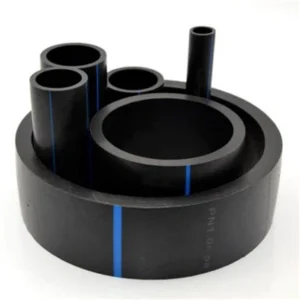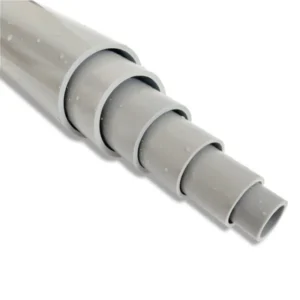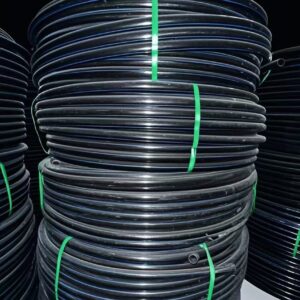PPR Plastic Pipe: Excellent Quality, Wide Applications
PPR plastic pipe, short for random copolymerized polypropylene plastic pipe, is a high – performance pipe commonly used in modern construction and various fields.
I. Product Features
1. Hygienic and Healthy
The PPR material is a green and environment – friendly material, non – toxic and odorless. It will not pollute the water body, meets the drinking water hygiene standards, and is widely used in drinking water delivery systems in households, hospitals, etc.
2. Good Heat Resistance
It can withstand relatively high water temperatures. The long – term operating temperature can reach 70°C, and the maximum short – term temperature it can bear is 95°C. It can work stably in hot water supply pipeline systems.
3. Strong Corrosion Resistance
It has good tolerance to most chemical substances, will not rust or corrode. It is suitable for transporting media with certain corrosiveness, extends the service life of the pipeline, and reduces maintenance costs.
4. Good Thermal Insulation and Energy – Saving
It has a low thermal conductivity, only 1/200 of that of metal pipes. When hot water flows in the pipe, the heat loss is small. When used in hot water pipes, it can effectively save energy.
5. Convenient Installation
It uses hot – melt connection. The connection parts of the pipe and the fitting are heated to a molten state, and after cooling, they form a firm whole. The operation is simple, and the connection is reliable, reducing the risk of water leakage.
6. Long Service Life
Under normal use conditions, the service life of PPR plastic pipes can reach more than 50 years. The performance is stable, reducing the frequency of pipeline replacement.
II. Production Process
PPR plastic pipes are produced by the extrusion molding process. First, the PPR resin raw materials that meet the standards are added to the hopper of the extruder. The raw materials are gradually melted and plasticized in the heating zone under the push of the screw. Subsequently, the uniform melt is extruded through a die with a specific shape to form the rough shape of the pipe. Then, through the cooling and sizing device, the pipe is quickly cooled and shaped to ensure dimensional accuracy. Finally, through the traction and cutting processes, it is cut off according to the required length to make the finished product.
III. Product Specifications
PPR plastic pipes come in a wide variety of specifications. The nominal outer diameters are usually 20mm, 25mm, 32mm, 40mm, 50mm, 63mm, 75mm, 90mm, 110mm, etc., which can meet the needs of different projects. The wall thickness is divided into multiple grades according to the nominal pressure, such as the S5, S4, S3.2, S2.5, S2 series, etc. Users can choose pipes with appropriate wall thicknesses according to the actual use pressure.
IV. Application Fields
1. Building Water Supply and Drainage
It is the first – choice pipe for the cold and hot water supply systems in buildings. It is also used in the drainage pipeline systems in buildings, such as the water supply and drainage projects of residential buildings, hotels, office buildings, etc.
2. Floor Heating Systems
As floor heating coils, its good heat resistance and flexibility can meet the complex pipeline laying requirements of floor heating and transfer heat efficiently.
3. Pure Water Transportation
Due to its hygienic and non – toxic characteristics, it is widely used in pure water production and transportation systems, such as pure water plants and school direct – drinking water projects.







Reviews
There are no reviews yet.